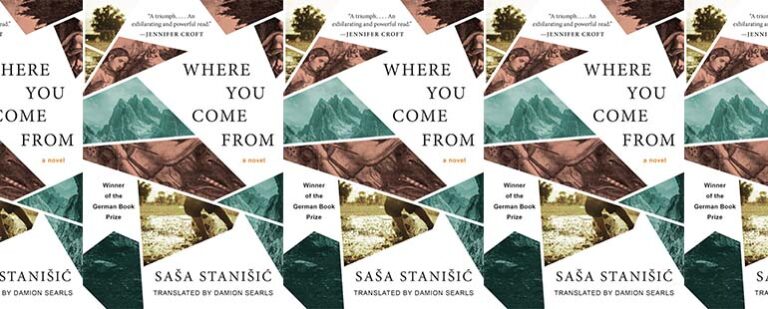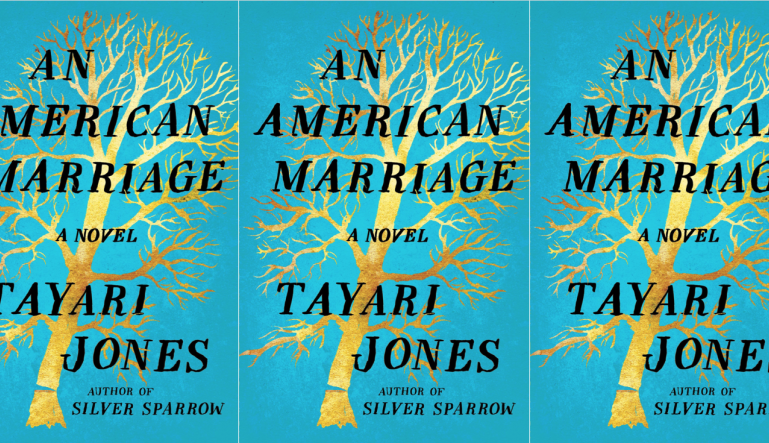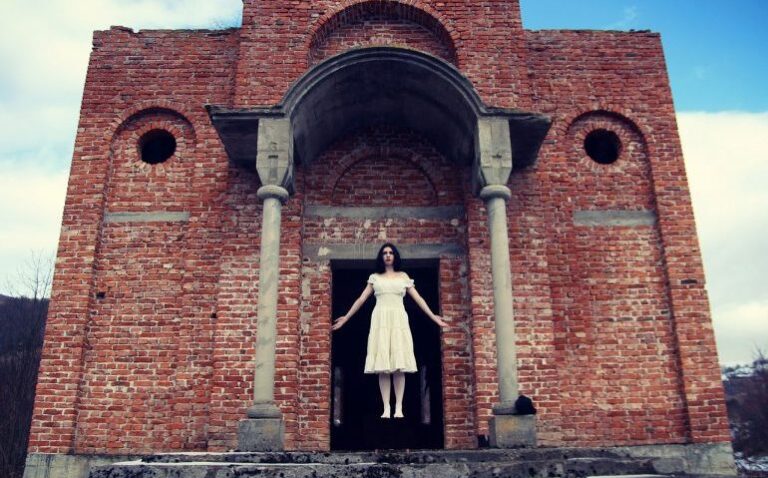Flash Fiction America

Flash Fiction America is the newest installment in the long-running series of flash fiction anthologies published by W.W. Norton. Following the 1992 seminal publication Flash Fiction, the series has included Flash Fiction Foreword and Flash Fiction International, all three of which are well-used and well-loved by fiction instructors and have introduced a generation of readers to the genre of flash fiction and its foremost players. Flash Fiction America comes as a wonderful and welcome addition to the series. Editors Sherrie Flick, John Dufresne, and James Thomas curate a selection of short-short stories that make good on their title by representing the state of the genre in America, and at its best, the state of America itself.
Flash may be the perfect genre to demonstrate the diversity, contradiction, and multitudes of America. The very definition of what makes flash is always up for debate. Ask one hundred writers for a definition of flash, and one hundred definitions you’ll receive. The approaches to flash are just as varied. As Flick writes in the preface, “Social and political movements, plagues, floods, earthquakes, and hurricanes have come barreling down in recent years. The aftermath of which has become an opening up to how messed-up and monumentally, historically different we are from each other was we inhabit this country.” The stories in Flash Fiction America are indeed monumentally different from one another, by design.
The stories and writers in the collection certainly represent America geographically. Readers visit Natalie Diaz’s desert outpost in “The Gospel of Guy No-Horse,” are carried to the shore in Amy Hempel’s “Beach Town,” and find the edges of the Alaskan national territory in Justin Hermann’s “Dimetrodon.” But more often than not, the sense of place rendered in these stories is both surgically specific and gorgeously mysterious. Rather than focusing on literal representation, the curation of the anthology concerns itself with the big ideas of America, and at its most successful, embraces the paradox and contradiction at the heart of the country.
There is the violence and tenderness of Rion Amilcar Scott’s “Boxing Day,” in which we see a father who straddles a line between Willy Loman and Troy Maxson, holed up in a basement, channeling Mike Tyson. There is the obsession with money—obsession with getting more of it, as seen in Joy Castro’s “A Notion I Took,” where readers meet a waitress willing to plunge into San Antonio’s Riverwalk for the chance at a big tip; and the obsession with being free from it, as in Nicole Simonsen’s “How to Write a Hardship Letter.” There is the despair and hope of Bonnie Jo Campbell’s “The Solution to Brian’s Problem,” where meth and the Midwest collide. The alienation and intimacy of Deesha Philyaw’s “Not Daniel,” where unlikely lovers find each other in the parking lot of a hospice care facility. The expansiveness and suffocation of “I’m on the Side of the Wildebeest,” by Amy Stuber, which is equal parts the grandeur of the national park system and the banality of credit card fraud. America’s contradictions mean you never know whether she’ll give you the clenched fist or the open palm, and the best of these stories manage to do both in a thousand words or less.
Norton’s anthologies are known for their teachability, and for instructors who have long relied on the previous anthologies in this series, Flash Fiction America will be a fantastic contemporary companion to those volumes. Students will find scores of model-able stories that compel close reading of craft, but also in their thematic and contemporary content, relevant not only to develop the skills of writers but the lives of readers. The forward, preface, introduction, and afterword are all useful in giving readers concise history of the genre, along with more philosophical questions about the nature of storytelling and place. This anthology would be a beautiful complimentary companion to the Rose Metal Press Field Guide to Writing Flash Fiction, in which editor Tara Lynn Masih lays out a useful taxonomy of flash fiction. Flash Fiction America demonstrates all the flash categories she defines: monologue (“The One-Eyed Bat!” Yalitza Ferreras), snapshot (“The Combat Photographer,” Dave Housely), experiment (“How to Be a Conqueror,” Matthew Salessas), single scene (“The Kiss,” Pamela Painter), and tale (“Tall Grass,” Ann Pancake). I’d add to Masih’s taxonomy portraits—thumbnail character sketches like “Gloria,” by K-Ming Chang and “Amelia,” by Aubrey Hirsch. Using Masih’s taxonomy as a guide to this volume would be a useful exercise for students, especially because there are enough stories that defy categorization, making the collection full of wild surprises and generating complex conversation about a genre known for its risk-taking and rule breaking.
Readers have had to wait seven years for Flash Fiction America, following the 2015 publication of Flash Fiction International. Touching down on the country at this particular moment seems fitting, and certainly worth the wait. Seeing the excellence, energy and excitement represented in these 73 very short stories brings a sense of urgent hope for this strange, young country along with a jittery anxiety. The stories come and go quick, as is the way with flash, but they also linger, creating one more mysterious, satisfying paradox for readers to hold.


